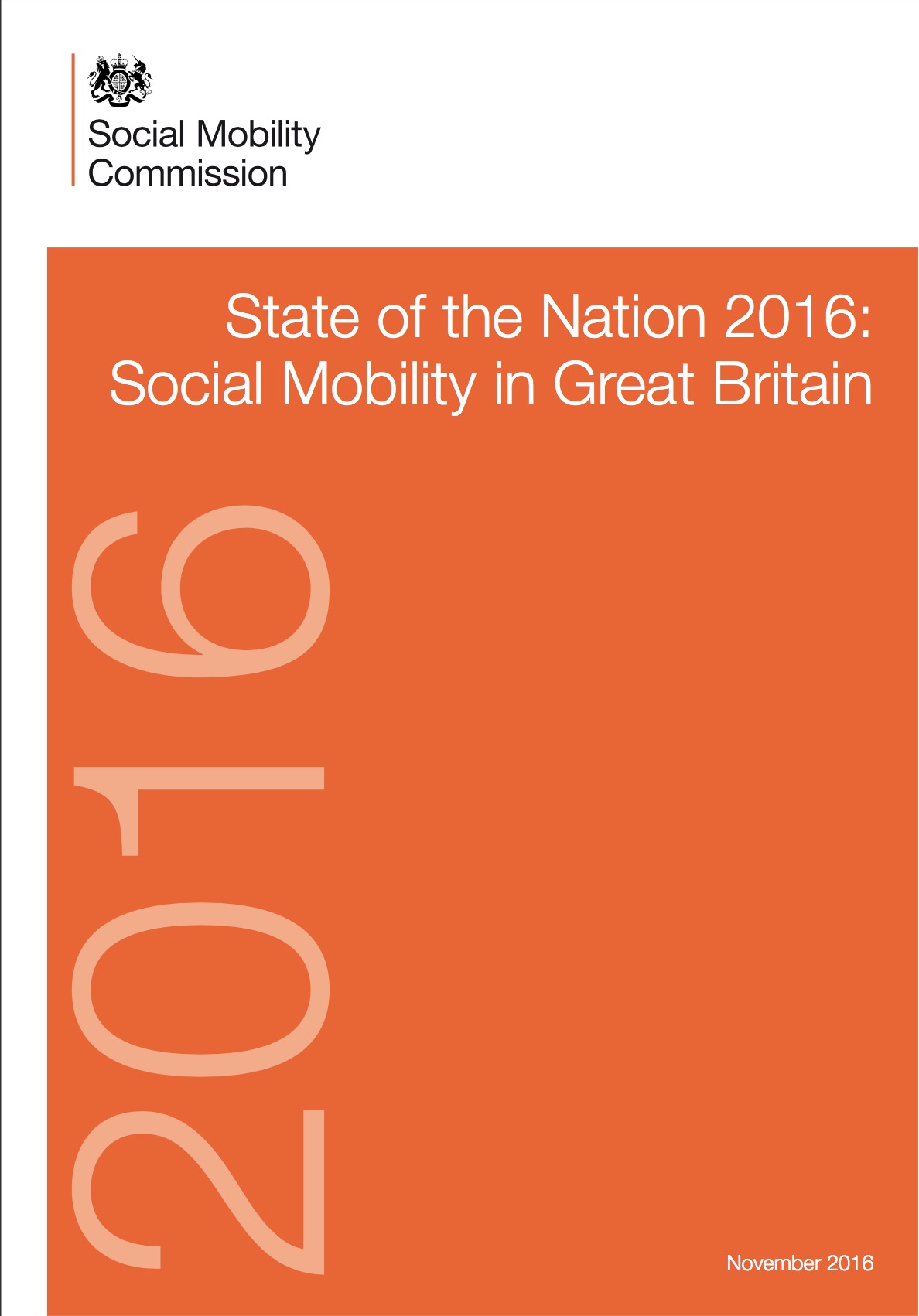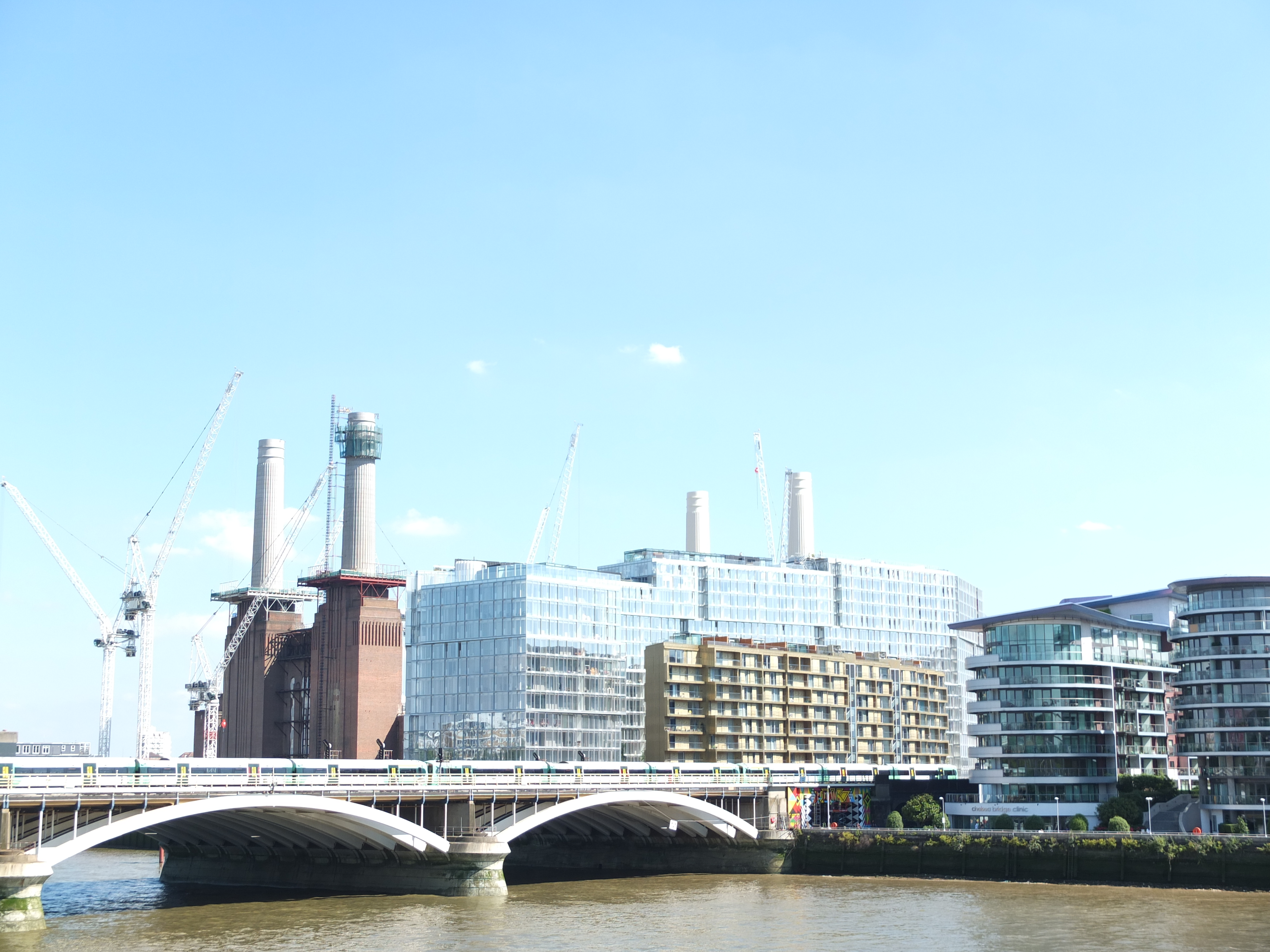London’s population in 2011 at 8.2 m only just exceeds the population in 1951 – but falling household size and much higher incomes means far more housing is required
Between 2001 and 2011 the population grew by 14% but the number of households only went up by 8%, increasing densities to the point where household size rose for the first time (from 2.4 to 2.5) and headship rates among younger households fell sharply.
The Mayor’s Housing Strategy called for 42,000 homes a year to be built in London over the next 20 years, based on the SHLAA. The Mayor’s London Housing Market Assessment (SHMA) now identifies 49,000 as needed to meet requirements. Other research calls for higher figures – for instance, London Councils’ research estimates 52,600 homes a year are needed and our own estimates suggest an even higher figure especially if there is continued economic growth.
None of these figures would even maintain current rates of household formation let alone improve conditions. If supply cannot keep pace with demand, population growth and especially household numbers will fall.
London has not achieved anything like these output levels in any year since the 1930s. The post-war peak was 37,400 homes in 1971. In the 1990s London managed an average of 15,000 units per annum. In 2005/6 completions rose to over 25,000 but fell back sharply after the crisis and are only just coming back above 20,000.
What are the issues?
Allowing for higher densities, Opportunity Areas and more industrial land being brought into residential use the London Plan now suggests that the land can be found for at least 49,000 units per year. In planning terms there are strong signs of increased activity with planning permissions well above target levels and 216,000 units in the pipeline.
However:
Current policy relies heavily on large sites which are slow to build out –Molior in 2012 found that of roughly 210,000 new homes in the pipeline 180,000 permissions were tied up in 148 schemes of 250 houses or over, implying that a more ‘realistic’ planning pipeline was 50,000-70,000 homes per annum during the next three years if EVERY scheme began building immediately.
The 2014 Molior update now suggests that, redefining ‘big schemes’ (as over 20 units or more), housing starts are much more in line with the number needed to achieve the 49,000 requirement. The problem has therefore shifted from permissions not starting to starts not generating completions – which fell last year. Some of this can be put down to traditionally low build out rates to maintain prices on the site– but this can only be part of the story. So an immediate question is – are we witnessing a slow build-up to a step change in output levels or are we just moving back to past levels of output (or maybe even less given the reduced numbers of developers)?
Demographics, finance, interest rates and the role of London in the global economy all to a greater or lesser extent drive the housing market in London. If London is to remain an attractive and vital hub of the UK economy it must be able to attract and house its workforce. The demographics on which planning figures are based continually call for more; finance for development has become easier over the last two years but is still unavailable for most smaller builders; interest rates are likely to rise; and no-one would want London’s competitiveness to be eroded. So there are positives and negatives – but nothing which yet suggests a sustainable step change in investment.
There is a great deal of comment from the Treasury among others that planning is the main factor getting in the way of housing delivery. Given the numbers in London this would not appear to be the case – or at least not the full story. Whilst developers have noted that planning can be slow, most report a good relationship with local authorities. Major planning related concerns seem to revolve around project viability (given planning obligations), some slowness in negotiating reserved matters and a degree of uncertainty caused by numerous shifts by central government in the architecture of planning.
Proposed solutions include:
- Strategically releasing suitable greenbelt sites to increase the supply of available land
- A more stringent approach to permissions leading to a “use it or lose it”/ “build it or bin it” framework that sets targets on completion timelines
- Repackaging large sites to ensure a number of developers working together
- Encouraging more medium sized developers/ more diversity in the market to increase capacity and indeed competition.
- In particular identifying funding streams for smaller builders to develop windfall sites which in the past have contributed a significant proportion of completions in London.





